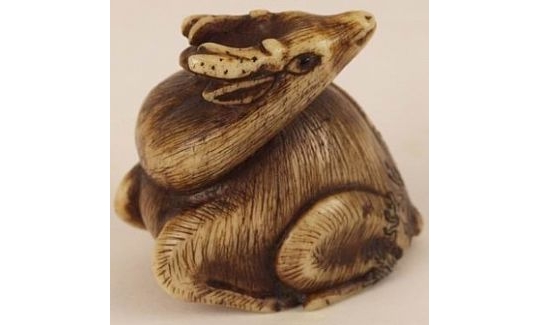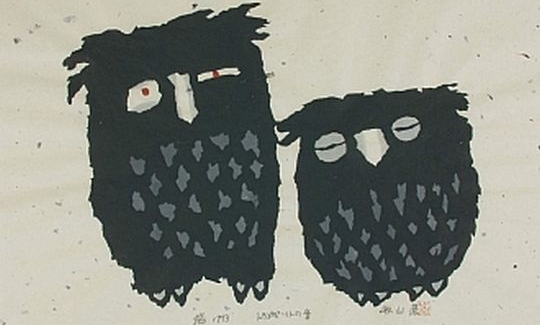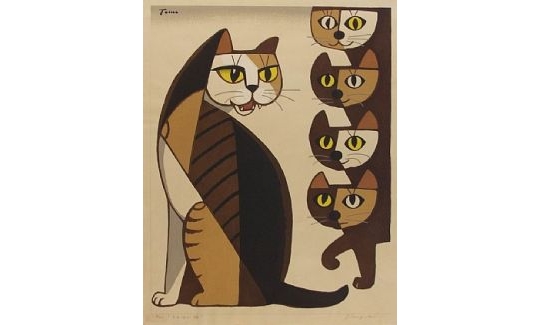The exhibition follows how Japanese artists, in particular those of the Edo era (1603-1868), depicted animals. This they did, as a rule, in three different ways - according to tradition, according to reality, and according to imagination.
Some artists preferred to depict idealized creatures, adhering to the Chinese artistic standards. Many Japanese artists learned to paint almost any subject by copying the works of their predecessors or of famous Chinese or Japanese artists. Thus they followed in the steps of artistic models firmly grounded in the representation of animals. Again and again they copied the same work until they had reached absolute replication. These are not usually representations of living creatures, but of animals as symbols of power, prestige, and morality.
Lions and tigers, for example, denote military or political power. Some animals were thought to be emissaries of the gods, or their embodiments, and are depicted in this guise. The artists also depicted animals on which gods, sages, poets, heroes or immortals were supposed to ride. These are natural depictions of creatures with supernatural qualities. Many also appear in the Japanese zodiac, representing years, months, days and hours.
Animals appearing in pairs are usually male and female, yin and yang. In such cases the male's mouth is open and that of the female is shut, though sometimes this is reversed. Rarely did the artists of the Kano school, the official school appointed by the military regime of Japan, paint animals from life. Their depictions were usually idealizations derived from the art that preceded that of their own time.
In the 18th and 19th centuries, many artists preferred to represent animals realistically. They spent much time watching creatures in their natural habitats. Artists like Katsushika Hokusai (1760-1849) and Mori Sosen (1747-1821) focused intently on all the details of physique, watching the animals for hours in order to reproduce them more realistically. They experimented with various brushstrokes, employing hundreds of tiny strokes to depict the thick, close pelt of the deer, for instance; or using a very dry brush for monkeys' fur. They also studied animal behaviour, and tried to depict their mating displays, how they care for their offspring, and their emotions.
In attempting to achieve their essence and not merely their physical aspect, many Japanese artists created refined and stylized images of animals. Some were influenced by the swift brushstrokes of Zen artists who had captured the creatures' characteristics and spirit. These are poetic, lyrical representations. Artists who belonged to no specific school and worked in isolation painted imaginary creatures, while others continued the long tradition of depicting fabulous beasts - which will be presented in a future exhibition.
All the works in this exhibition - paintings, prints, netsuke, sword accessories, and others - are from the Museum's collection.




